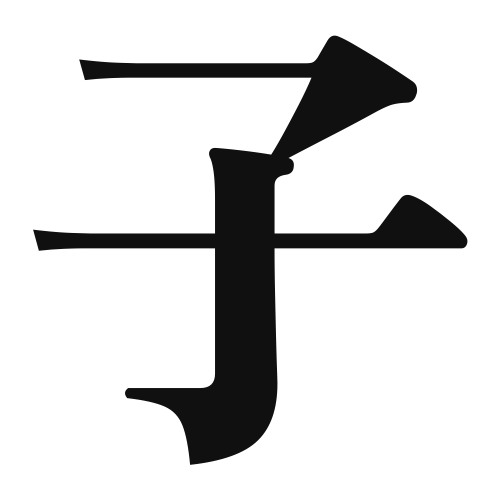1. Overview of Meaning
The kanji “子” (pronounced “ko” or “shi”) primarily means “child” or “offspring.” It is often used to refer to a young person or a descendant in various contexts.
2. Formation and Radical
The kanji “子” is a pictogram that originally depicted a child or a small figure. It belongs to the category of pictographs, which are characters that represent objects or concepts visually.
The radical for “子” is also “子,” which is used in other kanji related to children or youth.
3. Examples of Usage
Common words and phrases that include “子” are:
- 子供 (こども, kodomo) – child
- 女子 (じょし, joshi) – girl or female
- 男子 (だんし, danshi) – boy or male
Example sentences in daily conversation:
- 彼は子供が好きです。 (かれはこどもがすきです。) – He likes children.
- 彼女は二人の子を育てています。 (かのじょはふたりのこをそだてています。) – She is raising two children.
4. Synonyms and Antonyms
Similar kanji with related meanings include:
- 幼 (よう, you) – young, infant (refers to a very young child)
- 児 (じ, ji) – child (often used in formal contexts)
Antonyms include:
- 老 (ろう, rou) – old (referring to age)
5. Cultural and Historical Background
The kanji “子” has significant cultural relevance in Japan, often associated with family and lineage. It appears in various proverbs and idiomatic expressions, such as:
- 子は宝 (こはたから, ko wa takara) – “Children are treasures,” emphasizing the value of children in society.
- 親の心子知らず (おやのこころこしらず, oya no kokoro ko shirazu) – “Children do not understand their parents’ feelings,” highlighting the generational gap in understanding.
